Annual inflation in Russian regions varies from 6.6% to 18.1% in January
The indicators of annualised sustainable price movements mostly decreased. However, the seasonally adjusted monthly price growth rate accelerated. This is confirmed by a gradual increase in the growth of prices after a period of subdued price movements in the second half of 2022.
Information and analytical commentary on inflation in the Republic of Ingushetia in January 2023
Annual inflation in the Republic of Ingushetia in January 2023 slowed to 18.06% after 18.64% in December 2022, which is higher than in the North Caucasus Federal District (11.86%) and in the whole country (11.77%). The dynamics of inflation in the region was influenced by the expansion of supply in certain commodity markets, the reduction of producer costs against the background of restrained consumer demand for a number of goods and services.
Main indicators of inflation in the Republic of Ingushetia in % to the corresponding month of the previous year
| September2022 | October 2022 | November 2022 | December 2022 | January 2023 | |
| Inflation | 19,66 | 18,69 | 18,48 | 18,64 | 18,06 |
| Core inflation | 22,69 | 22,32 | 22,13 | 22,22 | 21,53 |
| Price increases | |||||
| Groceries | 23,69 | 21,58 | 20,86 | 20,21 | 19,71 |
| of which: | |||||
| - fruit and vegetable products | 10,92 | 2,46 | 2,20 | 0,72 | 1,21 |
| Non-food products | 21,90 | 21,93 | 21,81 | 21,98 | 21,47 |
| Services | 4,26 | 4,39 | 5,37 | 7,74 | 6,84 |
| of which: | |||||
| - Housing and Communal Services | 3,20 | 3,20 | 3,20 | 6,54 | 5,45 |
| - Passenger transport | 1,44 | 2,48 | 7,27 | 9,33 | 8,63 |
Source: Rosstat
Groceries
The annual growth rate of food prices continued to decline and amounted to 19.71% in January after 20.21% in December 2022. This was influenced by an increase in the supply of some food products and a decrease in producers' costs.
The growth of the harvest of sugar beet, sunflower and grain in Russia as a whole led to an increase in the supply of sugar, sunflower oil, cereals (oatmeal, semolina, buckwheat, pearl barley) and flour in the region. As a result, the slowdown in annual price growth for these goods continued, and sunflower oil fell in price. The dynamics of flour prices, in turn, led to a decrease in the costs of bakeries. As a result, the rise in price of bread and bakery products in the region in annual terms slowed down.
The expansion of the supply of chicken meat in the supplying regions and a further reduction in the costs of its producers (due to lower prices for grain and soybeans, as well as an increase in the production of mixed fodder) led to a decrease in the growth rate of prices for meat products. In addition, the region has seen an increase in milk production, including at the level of personal subsidiary farms. Combined with lower costs for livestock producers, this contributed to a decrease in the annual growth rate of prices for dairy products.
Non-food products
The annual increase in prices for non-food products in January slowed to 21.47% after 21.98% a month earlier.
Moderate consumer activity continued to have a restraining effect on the prices of a number of non-food durable goods: cars and tires for them, household appliances and building materials. As a result, the annual growth rate of prices for them has decreased.
The increase in the number of light industry enterprises in the whole country, combined with moderate demand, led to a slowdown in the annual growth of prices for knitwear, clothing and footwear.
Services
In the service sector, the annual growth rate of prices in January slowed to 6.84% after 7.74% in December last year.
Against the background of the expansion of supply and a decrease in demand, the annual growth in prices for renting apartments slowed down. Residents of the region prefer private households, mainly because of the possibility of conducting personal subsidiary farms.
The correction of prices for holidays in Turkey after a surge in December affected the slowdown in its rise in price in annual terms.
Inflation in the North Caucasus Federal District and Russia
Annual inflation in the North Caucasus Federal District in January accelerated to 11.86% after 11.62% in December 2022. This is slightly higher than inflation in Russia as a whole (11.77%). The dynamics of prices in the district was affected by a reduction in supply and an increase in the costs of producers of individual vegetables, as well as one-time factors in the regulated segment of services.
Annual inflation in Russia as a whole in January continued to decline and amounted to 11.77%. Indicators of stable price dynamics in annual terms mainly decreased, but monthly increases adjusted for seasonality increased. This is confirmed by the gradual strengthening of price pressure after a period of restrained price growth in the second half of 2022.
According to the forecast of the Bank of Russia, in the coming months, the annual inflation rate will temporarily fall below 4% due to the effect of a high base last spring. But due to the increase in steady inflationary pressures, this figure will increase slightly in the second half of the year. In the baseline scenario, taking into account the ongoing monetary policy, annual inflation will be 5.0 - 7.0% in 2023, will return to 4% in 2024 and will be close to 4% in the future.
To read more:https://www.cbr.ru/analytics/dkp/regInflation/ (In Russian)






















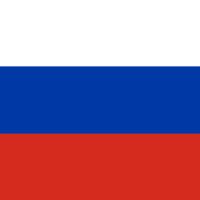
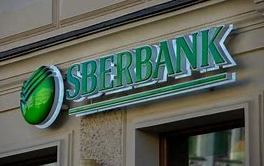
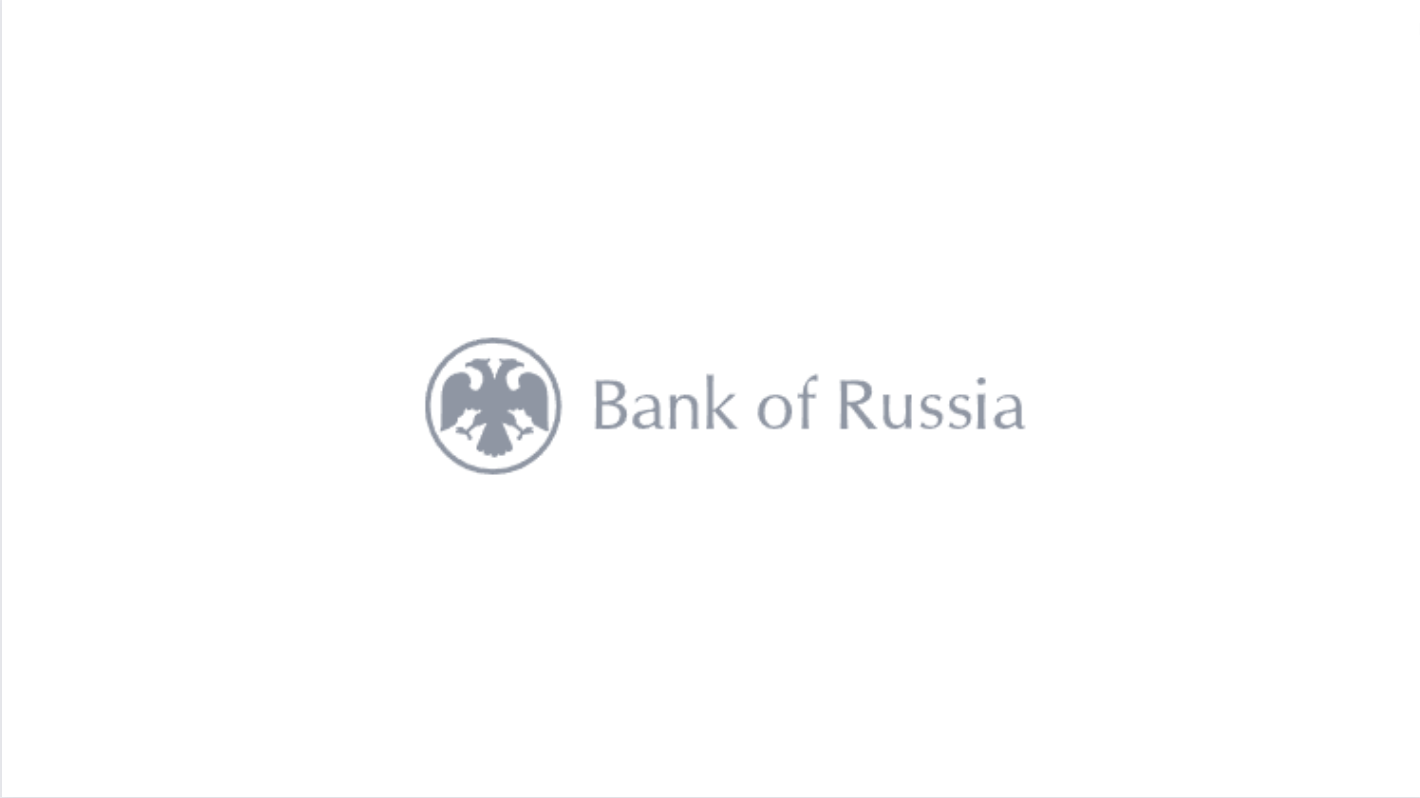
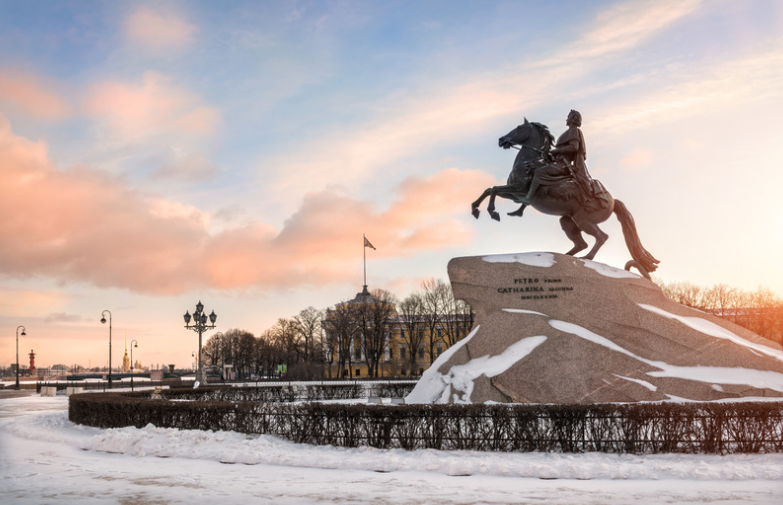
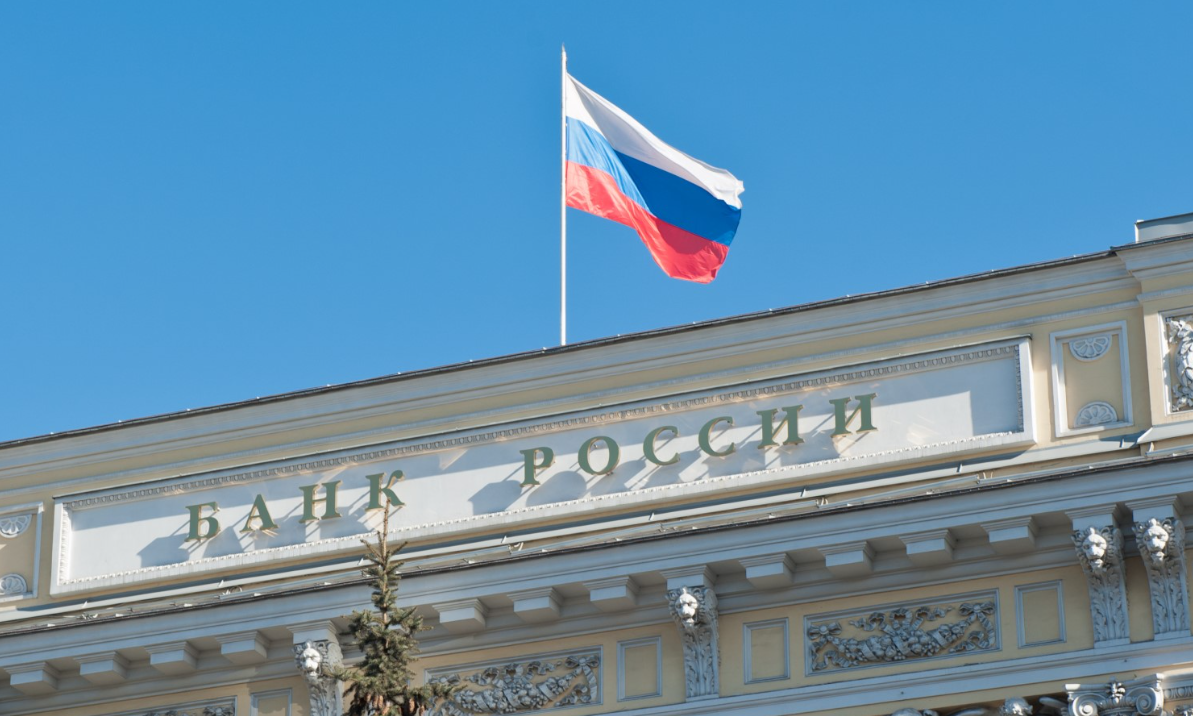




























First, please LoginComment After ~